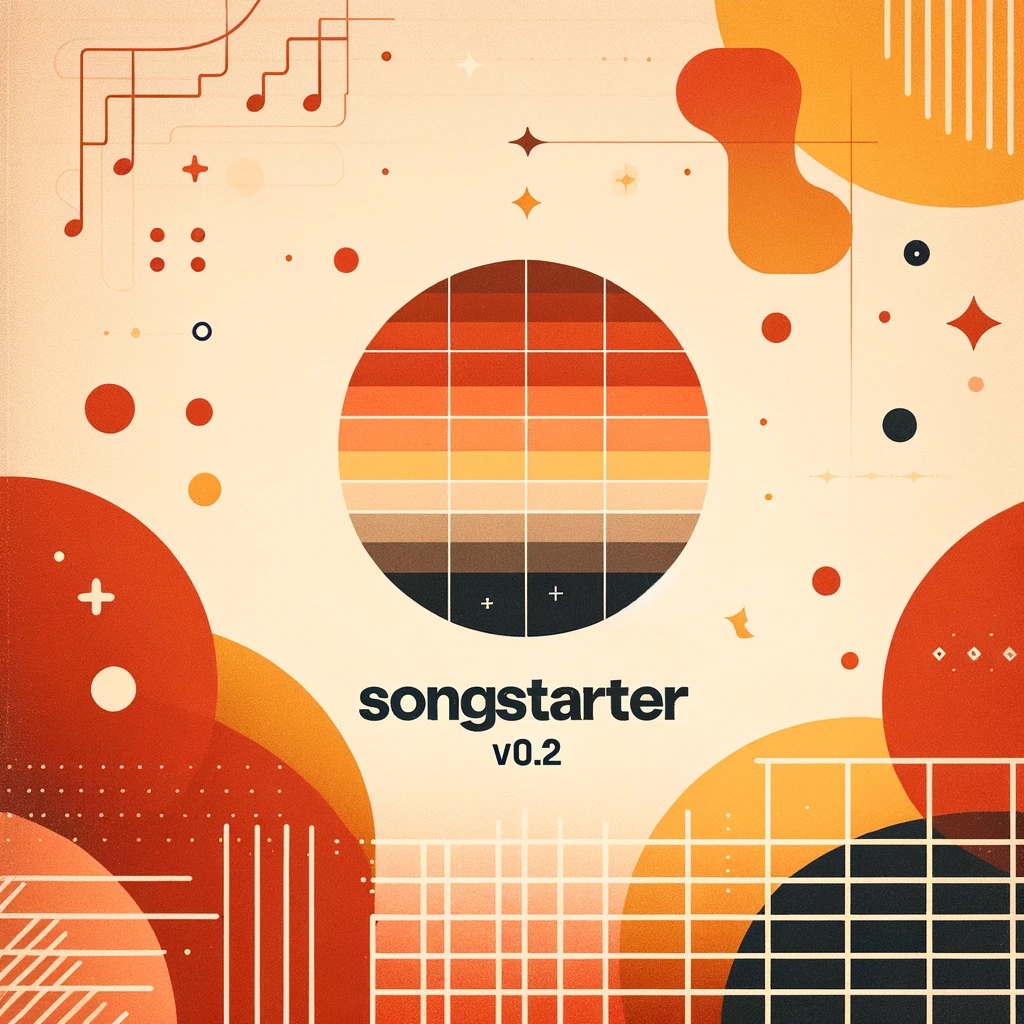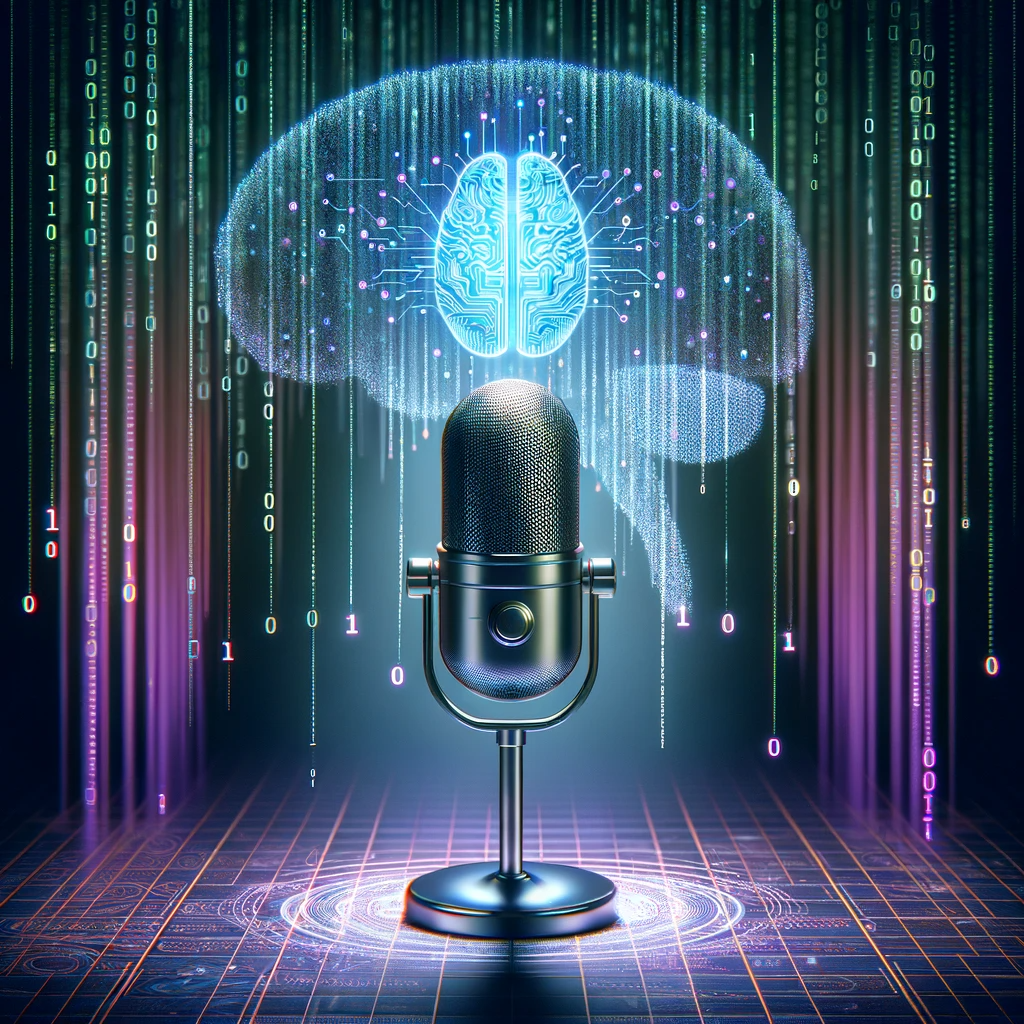audio-super-resolution
Maintainer: nateraw

46

| Property | Value |
|---|---|
| Run this model | Run on Replicate |
| API spec | View on Replicate |
| Github link | View on Github |
| Paper link | View on Arxiv |
Create account to get full access
Model overview
audio-super-resolution is a versatile audio super-resolution model developed by Replicate creator nateraw. It is capable of upscaling various types of audio, including music, speech, and environmental sounds, to higher fidelity across different sampling rates. This model can be seen as complementary to other audio-focused models like whisper-large-v3, which focuses on speech recognition, and salmonn, which handles a broader range of audio tasks.
Model inputs and outputs
audio-super-resolution takes in an audio file and generates an upscaled version of the input. The model supports both single file processing and batch processing of multiple audio files.
Inputs
- Input Audio File: The audio file to be upscaled, which can be in various formats.
- Input File List: A file containing a list of audio files to be processed in batch.
Outputs
- Upscaled Audio File: The super-resolved version of the input audio, saved in the specified output directory.
Capabilities
audio-super-resolution can handle a wide variety of audio types, from music and speech to environmental sounds, and it can work with different sampling rates. The model is capable of enhancing the fidelity and quality of the input audio, making it a useful tool for tasks such as audio restoration, content creation, and audio post-processing.
What can I use it for?
The audio-super-resolution model can be leveraged in various applications where high-quality audio is required, such as music production, podcast editing, sound design, and audio archiving. By upscaling lower-quality audio files, users can create more polished and professional-sounding audio content. Additionally, the model's versatility makes it suitable for use in creative projects, content creation workflows, and audio-related research and development.
Things to try
To get started with audio-super-resolution, you can experiment with processing both individual audio files and batches of files. Try using the model on a variety of audio types, such as music, speech, and environmental sounds, to see how it performs. Additionally, you can adjust the model's parameters, such as the DDIM steps and guidance scale, to explore the trade-offs between audio quality and processing time.
This summary was produced with help from an AI and may contain inaccuracies - check out the links to read the original source documents!
Related Models

audiosr-long-audio

1
audiosr-long-audio is a versatile audio super-resolution model created by Sakemin. It can upsample audio files to 48kHz, with the capability to handle longer audio inputs compared to other models. This model is part of Sakemin's suite of audio-related models, which includes the audio-super-resolution model, the musicgen-fine-tuner model, and the musicgen-remixer model. Model inputs and outputs The audiosr-long-audio model accepts several key inputs, including an audio file to be upsampled, a random seed, the number of DDIM (Denoising Diffusion Implicit Models) inference steps, and a guidance scale value. The model outputs a URI pointing to the upsampled audio file. Inputs Input File**: The audio file to be upsampled, provided as a URI. Seed**: A random seed value, which can be left blank to randomize the seed. Ddim Steps**: The number of DDIM inference steps, with a default of 50 and a range of 10 to 500. Guidance Scale**: The scale for classifier-free guidance, with a default of 3.5 and a range of 1 to 20. Truncated Batches**: A boolean flag to enable truncating batches to 5.12 seconds, which is essential for handling long audio files due to memory constraints. Outputs Output**: The upsampled audio file, provided as a URI. Capabilities The audiosr-long-audio model can effectively upsample audio files to a higher 48kHz sample rate, preserving the quality and fidelity of the original audio. This makes it a useful tool for enhancing the listening experience of various audio content, such as music, podcasts, or voice recordings. What can I use it for? The audiosr-long-audio model can be employed in a variety of audio-related projects and applications. For example, musicians and audio engineers could use it to upscale their recorded tracks, improving the overall sound quality. Content creators, such as podcasters or video producers, could also leverage this model to enhance the audio in their productions. Additionally, the model's ability to handle longer audio inputs makes it suitable for processing larger audio files, such as full-length albums or long-form interviews. Things to try One interesting aspect of the audiosr-long-audio model is its flexibility in handling different audio file formats and lengths. Experiment with various types of audio content, from music to speech, to see how the model performs. Additionally, try adjusting the DDIM steps and guidance scale parameters to find the optimal settings for your specific use case.
Updated Invalid Date

musicgen-songstarter-v0.2

3
musicgen-songstarter-v0.2 is a large, stereo MusicGen model fine-tuned by nateraw on a dataset of melody loops from their Splice sample library. It is intended to be a useful tool for music producers to generate song ideas. Compared to the previous version musicgen-songstarter-v0.1, this new model was trained on 3x more unique, manually-curated samples and is double the size, using a larger large transformer language model. Similar models include the original musicgen from Meta, which can generate music from a prompt or melody, as well as other fine-tuned versions like musicgen-fine-tuner and musicgen-stereo-chord. Model inputs and outputs musicgen-songstarter-v0.2 takes a variety of inputs to control the generated music, including a text prompt, audio file, and various parameters to adjust the sampling and normalization. The model outputs stereo audio at 32kHz. Inputs Prompt**: A description of the music you want to generate Input Audio**: An audio file that will influence the generated music Continuation**: Whether the generated music should continue from the provided audio file or mimic its melody Continuation Start/End**: The start and end times of the audio file to use for continuation Duration**: The duration of the generated audio in seconds Sampling Parameters**: Controls like top_k, top_p, temperature, and classifier_free_guidance to adjust the diversity and influence of the inputs Outputs Audio**: Stereo audio samples in the requested format (e.g. WAV) Capabilities musicgen-songstarter-v0.2 can generate a variety of musical styles and genres based on the provided prompt, including genres like hip hop, soul, jazz, and more. It can also continue or mimic the melody of an existing audio file, making it useful for music producers looking to build on existing ideas. What can I use it for? musicgen-songstarter-v0.2 is a great tool for music producers looking to generate song ideas and sketches. By providing a textual prompt and/or an existing audio file, the model can produce new musical ideas that can be used as a starting point for further development. The model's ability to generate in stereo and mimic existing melodies makes it particularly useful for quickly prototyping new songs. Things to try One interesting capability of musicgen-songstarter-v0.2 is its ability to generate music that adheres closely to the provided inputs, thanks to the "classifier free guidance" parameter. By increasing this value, you can produce outputs that are less diverse but more closely aligned with the desired style and melody. This can be useful for quickly generating variations on a theme or refining a specific musical idea.
Updated Invalid Date

whisper-large-v3

3
The whisper-large-v3 model is a general-purpose speech recognition model developed by OpenAI. It is a large Transformer-based model trained on a diverse dataset of audio data, allowing it to perform multilingual speech recognition, speech translation, and language identification. The model is highly capable and can transcribe speech across a wide range of languages, although its performance varies based on the specific language. Similar models like incredibly-fast-whisper, whisper-diarization, and whisperx-a40-large offer various optimizations and additional features built on top of the base whisper-large-v3 model. Model inputs and outputs The whisper-large-v3 model takes in audio files and can perform speech recognition, transcription, and translation tasks. It supports a wide range of input audio formats, including common formats like FLAC, MP3, and WAV. The model can identify the source language of the audio and optionally translate the transcribed text into English. Inputs Filepath**: Path to the audio file to transcribe Language**: The source language of the audio, if known (e.g., "English", "French") Translate**: Whether to translate the transcribed text to English Outputs The transcribed text from the input audio file Capabilities The whisper-large-v3 model is a highly capable speech recognition model that can handle a diverse range of audio data. It demonstrates strong performance across many languages, with the ability to identify the source language and optionally translate the transcribed text to English. The model can also perform tasks like speaker diarization and generating word-level timestamps, as showcased by similar models like whisper-diarization and whisperx-a40-large. What can I use it for? The whisper-large-v3 model can be used for a variety of applications that involve transcribing speech, such as live captioning, audio-to-text conversion, and language learning. It can be particularly useful for transcribing multilingual audio, as it can identify the source language and provide accurate transcriptions. Additionally, the model's ability to translate the transcribed text to English opens up opportunities for cross-lingual communication and accessibility. Things to try One interesting aspect of the whisper-large-v3 model is its ability to handle a wide range of audio data, from high-quality studio recordings to low-quality field recordings. You can experiment with different types of audio input and observe how the model's performance varies. Additionally, you can try using the model's language identification capabilities to transcribe audio in unfamiliar languages and explore its translation functionality to bridge language barriers.
Updated Invalid Date
🤔
wsrglow

1
wsrglow is a Glow-based waveform generative model for audio super-resolution, developed by the researcher zkx06111. It can intelligently upsample audio by 2x resolution, similar to models like AudioSR and ARBSR. The model is based on the Interspeech 2021 paper WSRGlow: A Glow-based Waveform Generative Model for Audio Super-Resolution. Model inputs and outputs wsrglow takes a low-sample rate audio file in WAV format as input and generates a high-resolution version of the same audio. The input and output files can be used for audio upsampling tasks. Inputs input**: Low-sample rate input file in .wav format Outputs file**: High-resolution output file in .wav format text**: (not used) Capabilities wsrglow can intelligently upscale audio by 2x resolution, preserving details and maintaining audio quality. It leverages Glow, a powerful generative model, to achieve this. The model is capable of handling a variety of audio content, from speech to music. What can I use it for? The wsrglow model can be useful for a range of audio processing applications that require high-quality upsampling, such as enhancing the resolution of audio recordings, improving the fidelity of music tracks, or processing low-quality speech samples. It could be particularly valuable in scenarios where audio quality is important, like content production, audio engineering, or multimedia applications. Things to try Experiment with different types of audio inputs, from speech to music, to see how wsrglow performs. You can also try varying the input resolution to observe the model's upscaling capabilities. Additionally, you could explore ways to integrate wsrglow into your own audio processing pipelines or workflows.
Updated Invalid Date